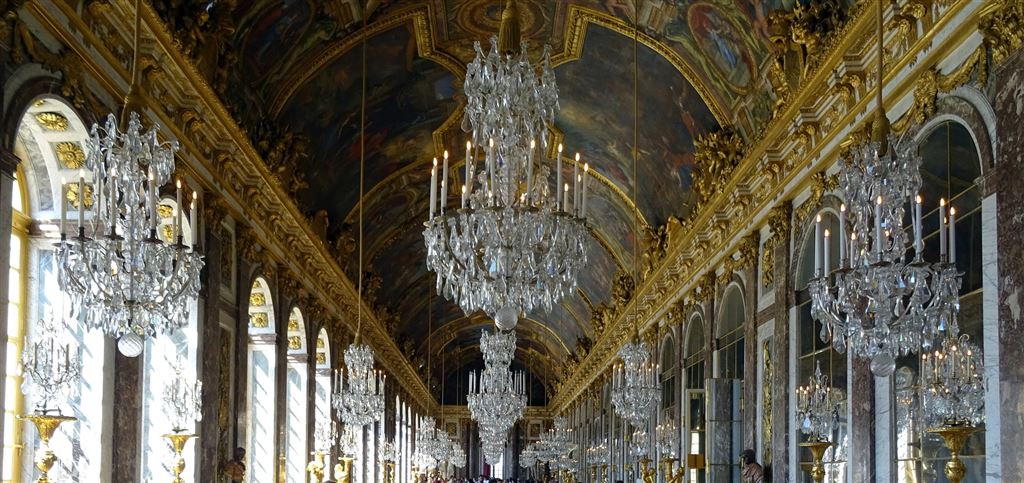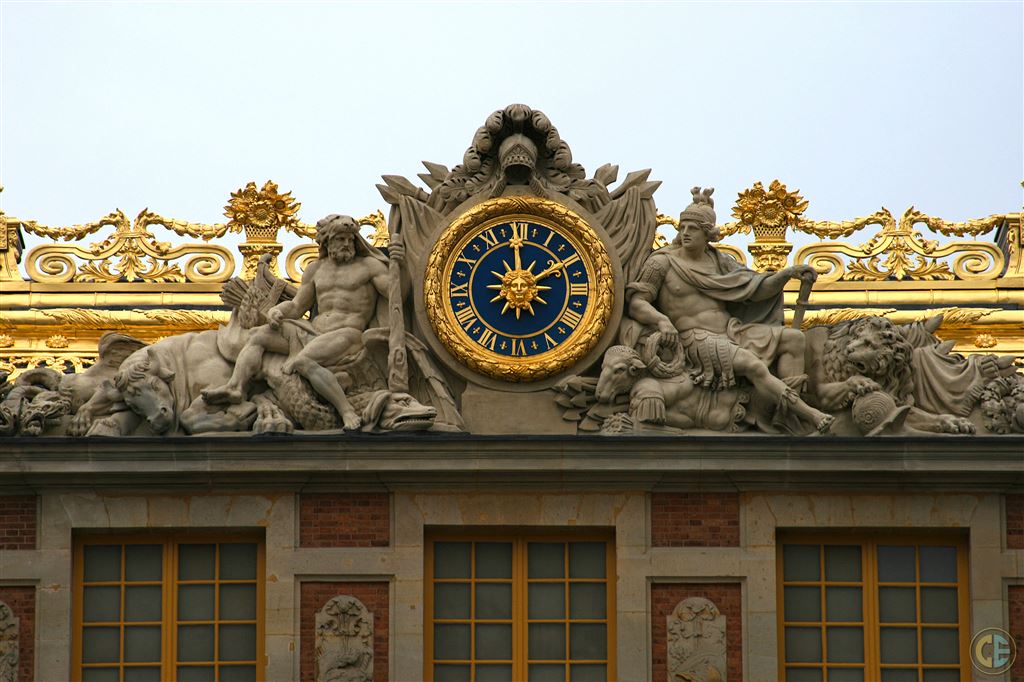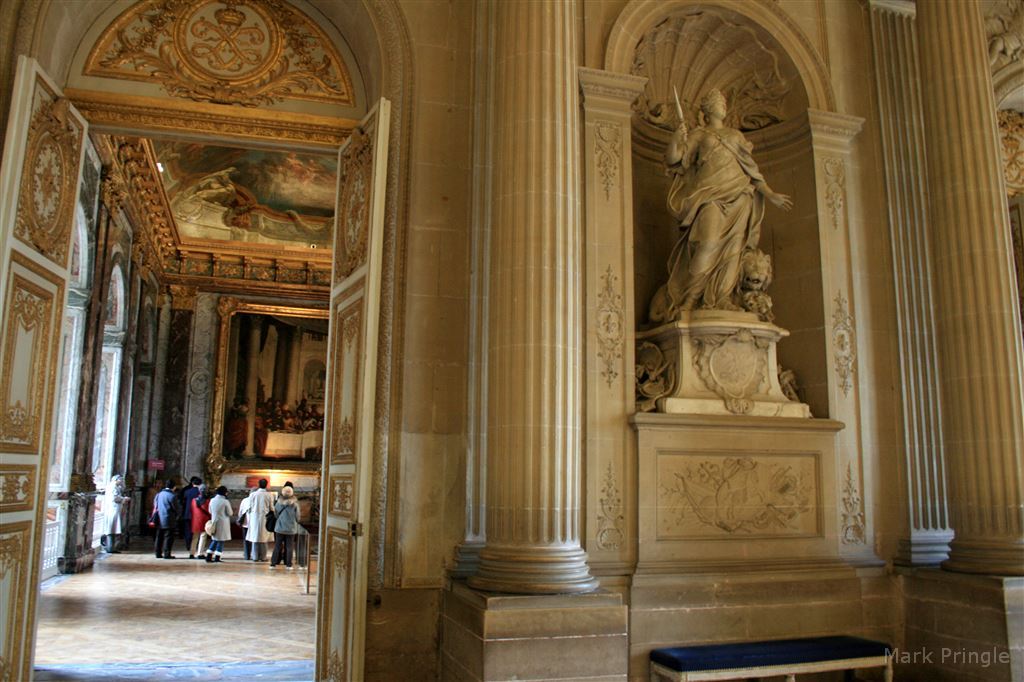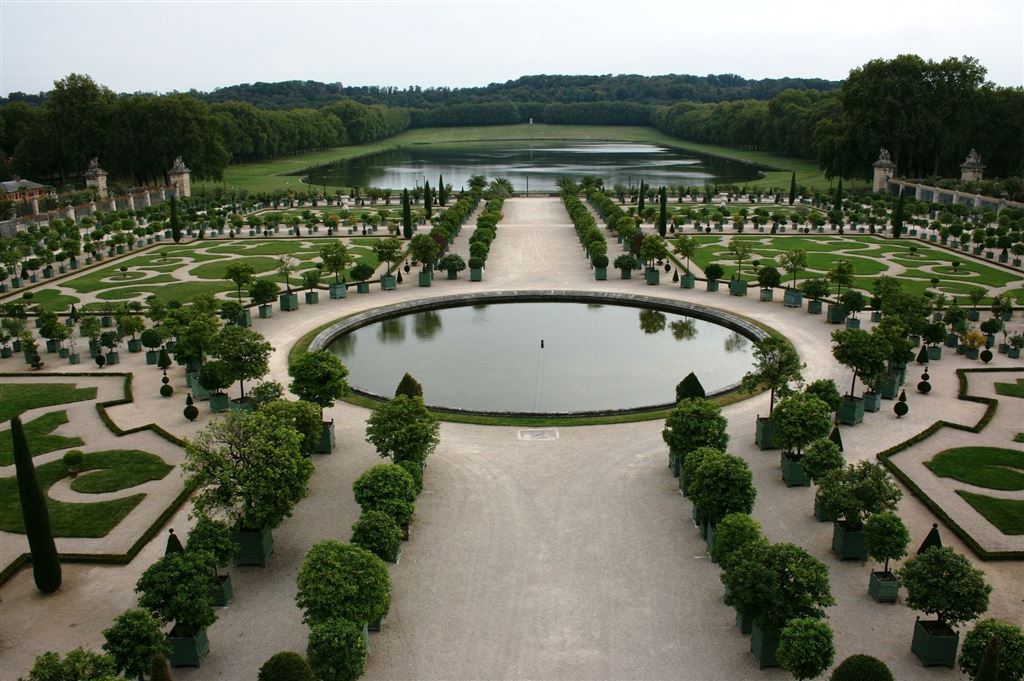
Situated about 10 miles southwest of Paris France is an epic and historic production known as the Palace of Versailles. On a land that was once the home of a dreary marsh and ramshackle old farm buildings, Versailles has risen to become one of Paris' main attractions and one of the grand architectural designs of the world.
However, few know how this former royal residence and magnificently ornamental and luxuriant structure came to be. If you are not among those few, learning about the history of the Palace of Versailles will be an enlightening journey.

How Versailles Came to Be
The Palace of Versailles began as a hunting lodge made of brick and stone which was built in 1624 by Louis XIII, who had hunted near Versailles since childhood. Louis discovered its location in 1607 after he came across this dreary low-lying marsh-land, which by most accounts was dismal and gloomy. However, Louis loved to hunt and on his first hunting trip, the young prince who was soon to be crowned king, fell in love with this non-descript area of France, occupied by poor farmers. It was seen by him as a rich and beautiful forest, full of meadows and animals.
In 1623, Louis XIII who had now been crowned king wanted to expand the hunting lodge and build a chateau where he would reside during his hunting expeditions. The chateau was to be designed by Jacques Lemercier. However, only the foundation was laid before Louis died in 1643. Although Lemercier was involved in initial planning for an expansion of the hunting lodge at Versailles, the project would be realized by other architects.

The King's sojourns at Versailles during the hunting season, however, had a major effect on the once poor region. Many of the King’s close royal associates built residences on land given to them by the King. Thus, before Louis XIII died his chateau was surrounded by many delightful country houses.
The next king Louis XVI took over and continued with the construction of Versailles. By the year 1710, he managed to transform it into a massive, yet sophisticated complex surrounded by breathtaking English gardens. Each of its aspects signified royalty, and it was designed by the best architects of that era such as Robert de Cotte, Louis Le Vau, and Jules Hardouin-Mansart and a few others. It took about forty years for the Palace of Versailles to be fully completed.

The Name, Versailles
The name Versailles which is derived from the Latin root “versés” which means "turned toward or against" or “"to turn, wind." the marshy grasslands on which Versailles was built were subject to such high winds that the grain in this deprived land was frequently overturned.
Historical Facts About the Palace of Versailles
The construction of the Versailles saw more than 36000 workers involved in the project, and after its completion, the palace comfortably accommodated approximately 5000 people including the servants and soldiers who resided within the quarters.
By today’s standard, it is estimated that more than two billion US dollars were spent on the project. The money came from diverse sources which are not yet released to the public eye, but it doesn’t take much imagination to discern where the funds came from considering the plight of the lowly French people at the time.

The palace contained about 350 units which varied in size and were assigned to the occupants depending on their ranking in the monarchy and their relationship with King Louis XVI.

The King's bedroom was on the topmost floor, and here he would sleep with his courtiers surrounding him. Here, in this room, the rituals which were considered the most significant would take place. For instance, King Louis XVI would hold a ceremony for putting on and taking off his hunting boots, and the courtiers had to be present. Such rituals continued to be in practice even after his regime was over.
Everything in the Palace of Versailles has a symbolic meaning behind it from the ceilings to the decorations. For instance, there are L's all over the castle which was put up by Louis XVI as a reminder to the courtiers and the members of the monarchy that his power came from him but through God's grace.
However, the outbreak of the French revolution had a negative impact not only in Versailles but the monarchy itself after the king and queen were beheaded. The government then took over its control. Most of its valuables were auctioned so they could pay for the massive debt that the monarchy had incurred. However, as time passed on, Versailles started to show signs of strength after it was converted into a museum.

Other Notable Historical Facts
All aside from its splendid court life and its opulent festivities, Versailles has been the setting of many epoch-making events in the world's history.
- France’s chamber of deputies and senates met here during the early 1870’s due to the security situation in France
- During and shortly after the American Revolution, Versailles was the scene of treaty negotiations in which France, England, and America were the active parties.
- In 1871, a treaty was consummated in Versailles that ended the Franco-Prussian War.
- The Treaty of Versailles, which was the most important peace treaty that brought World War I to an end, was signed here.

History of The Gardens of Versailles
Covering about 800 hectares and located on the west side of the Palace of Versailles, the gardens were designed by Andre Le Notre who is considered one of the greatest landscape architects in the history of architects. It is one of the most beautiful sites not only in France but in the world. It has about 600 fountains, 372 statues, and 35 km canals. Just like the Palace, the Gardens have a rich history behind it.

Its development took nearly 40 years, just like the Palace itself. Andre was commissioned by Louis XIV to take on this task just as the construction of the Palace began. He collaborated with a few other architects involved in the Palace project such as Jean Baptiste Colbert and Charles Le Brun, who was the king's painter. Charles also played an essential role in the creation of the garden as he was the one behind most of the fountains and statues we see today. It was quite a challenging task as its location previously had meadows and marshes, and, different kings have been involved in its maintenance and enhancements over the years.